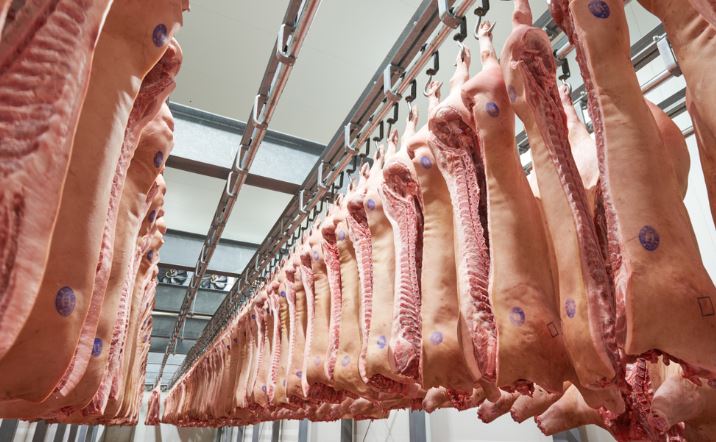Like it or not, the meat debate will demand answers, soon
 Even Arnold Wants you to Embrace Veggies
Even Arnold Wants you to Embrace Veggies
In India, for long, the media perception of the country was of a vegetarian heaven, with most people vegetarians shunning meat. That picture was plain wrong. At no stage in our recorded history has the country been as vegetarian as some people would have you believe, and even the last authoritative survey of the government places meat eaters at close to 70% of the country’s population. That figure, while high, is still lower than most other large countries, helping keep our overall consumption within ‘manageable’ limits. Until now.
Increasing research backed by strong scientific evidence is demonstrating the massive impact meat rearing is having on climate change, especially the daily industry. Be it the land needed for rearing animals, the resources that are invested in feeding and care, or the fact that they emit methane, a critical gas that adds to global warming, larger animals like cattle that are reared for beef are extremely problematic today. Of course, for ‘what about’ arguments, one could always point to China. The country has seen its annual per capita meat consumption grow from barely 14 kg in 1985 to 63 Kgs now, on a larger population of well over 1.3 billion from the billion odd in the 1980’s. That consumption has been driven mainly by a spike in pork and beef consumption, probably the worst possible combination among existing animal protein sources. Chinese firms have ventured outside the country to buy, and tie up supplies for domestic consumption. Bringing the impact of its high demand home for countries as far away as the US, where the pork industry depends completely on Chinese demand today. And ownership, in some cases. While specific breakups for meat consumption’s impact are not available, China’s overall lead as the world’s biggest consumer at 28% of the global total, including 50% of its pork is undisputed. India, by contrast, is at a per capita consumption of less than 5 Kg, which is linked ore to affordability than anything else. And a heavy reliance on Chicken, a much less contributor per kg to emissions, as compared to cattle/beef.

The typical political instinct to kick an issue down the road for someone else to resolve is not going to wok here. as extreme weather events continue to increase in frequency, and people make the connection between warming and the new risks to their lives and lifestyles, it is safe to predict that a lot of deadlines that have been pushed to 2040 and beyond will need to be relooked. Supported by cheaper technology transfers, breakthroughs, and quite simply pressure from the bottom. Europe is seeing an incredible movement driven by school kids demanding more action. In five years, the 150,000 plus kids who have participated in these protests by striking from their schools will join the workforce. Millenials are already looking askance at their need to buy a car or a house, admittedly with factors like lower wage growth also playing a role.

But hiding behind religious/cultural excuses will not wash, as the meat industry, and agriculture and manufacturing in particular, will increasingly become the focus of attention to fight climate change. Energy and Transportation, the two other pillars of global impact, are in far better shape than ever, in terms of a clear path to reduction and technology driven solutions. For agriculture and manufacturing, that has simply not happened. Agriculture especially, be it because of an obsession with food security, focus on a few staples, a monoculture approach to corporate farming, or simply subsidized water and energy that distorts usage and consumption, a lot more needs to be done. That will mean a very hard look at the meat industry. Emissions for the livestock industry contributed to 15% of global emissions, according to the UN’s Food and Agricultural organisation. China is already aware and is making efforts to limit consumption.
Worldwide, including in the US and China, dietary guidelines are being circulated that prescribe a far lower meat consumption than currently consumed. Ageing populations in the developed world are also showing a trend towards lower consumption in any case. Scares around infections have also kept some people down to a lower level. The growing ‘vegan’ movement that we hear about, is less a movement and more an open club for eccentric food claims, with no really significant numbers to make an impact yet.
India, unfortunately, is so far back that it will seem almost cruel to ask people to cut back, especially when other sources of cheap protein remain out of reach or unavailable. But a way will need to be found, probably in the coming decade, before the option is taken out of our hands by nature.




